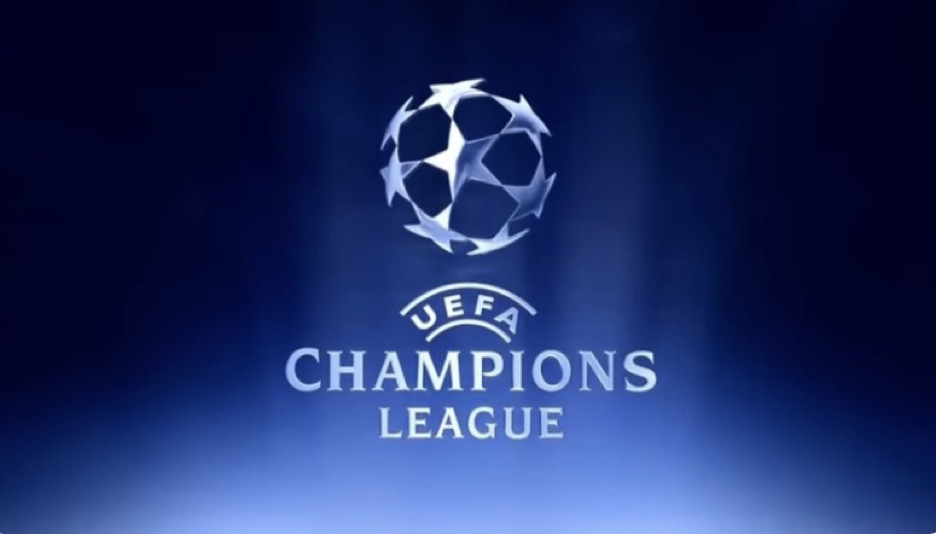World’s Most-Watched Annual Sports Competition, UEFA Champions League, Introduces New Format for Next Season
The new format of the men’s football UEFA Champions League will start next fall. This was announced by UEFA (Union of European Football Associations, the governing body of football in Europe) on the official website. The most important change is that 36 clubs will participate in the strongest European club competition, not 32 as before.

The UEFA Champions League, the world’s most-watched annual sports competition, will have a new format for the 2024–25 season. We go over what will be new, what won’t, and how it affects UEFA’s other club competitions.
In What Ways Will 2024–25 Champions League Structure Differ from Previous?
The abandonment of the group stage structure of the present format is a key change in the modifications announced by the UEFA. There are 32 teams in the current Champions League group stage, split into eight groups of four. Starting with the 2024–25 campaign, 36 clubs will compete in the Champions League league phase (formerly known as the group stage), providing four additional teams with a chance to be a part of the elite in Europe. All 36 of the competing clubs will be ranked together and take part in a single league competition.
Teams will play eight games in the new league phase under the revised format. They’ll now play matches against eight different teams, half of which they’ll play at home and the other half away, as opposed to their previous schedule of three opponents twice, home and away. The teams will be seeded into four pots based on initial rankings in order to choose the eight opponents. After that, a team will be picked to face two opponents from each of these pots, once at home and once away, in a single matchup.
This increases the likelihood that spectators will witness the best teams facing off more frequently and early in the competition while also providing clubs with an opportunity to test themselves against a broader spectrum of opponents. Additionally, every team will play in more competitive games as a result.
Will There Be Change in Knockout Phase Format?
In the new CL, points will still be awarded for wins and draws, with the outcomes of each game determining the final standings.
The top 8 clubs in the league will automatically advance to the Round of 16. The teams placing ninth through 24 will play a two-leg knockout phase play-off to guarantee their spot in the competition’s Round of 16. Teams that place 25th or lower won’t be allowed to participate in the UEFA Europa League and will be eliminated.
There will be more to play for until the last night of the league phase thanks to the new model, which sees all the clubs ranked together in a single league.
The teams who placed ninth through 16th will be seeded in the knockout phase play-off draw, which means they’ll play a team ranked 17th through 24th, with the return leg likely to take place at home. The eight teams who win the knockout phase play-offs advance to the Round of 16, where they’ll square off against one of the top 8 finishers, who’ll receive a seed.
The pairings for the knockout phase will also be influenced by the league phase rankings, with a draw determining and outlining the path for teams to advance to the final. This will enhance the synergy between the league and knockout phases while offering more sporting incentives during the league phase.
The competition will proceed with its current structure, which consists of knockout stages leading to a final held at a neutral location chosen by UEFA, starting with the round of 16.
Will Forms of Europa League and Europa Conference League Also Be Modified in 2024–25?
Indeed. The UEFA Europa League and UEFA Europa Conference League, which will be renamed the UEFA Conference League as of 2024–25, will also undergo similar format changes.
Both competitions will have 36 teams participating in the league phase, with eight matches and eight different opponents in the league phase.
Champions League Final Is Most-Watched Sporting Event Globally
In terms of worldwide viewership, the Super Bowl is the only sporting event that can rival the UEFA Champions League. This yearly match serves as a showcase for the best of European football and a platform for generating income from sources other than the stadium, including ticket and retail sales, TV rights, and sponsorships. Regarding American football, the same holds true for the Super Bowl, which is the NFL’s (National Football League’s) championship game in the United States.
Since broadcasting rights deals are the main source of income for the event, the UEFA Champions League Final last year between Manchester City and Inter Milan, wherein the former justified the favorite’s role awarded to them by sportsbooks on the Internet standing out with risk-free no deposit bonuses, was able to bring in a sizable sum of money from its reach of 450 million viewers across more than 200 countries. The last Super Bowl, this February, between the Kansas City Chiefs and San Francisco 49ers was the most-watched telecast in U.S. history with an estimated 123.7 million viewers. The Champions League final, if speak of revenues, brought in an estimated € 500 million in 2020.
More tips on Football

Ivory Coast

Mozambique

1. Fußball- und Sport-Verein Mainz 05

Samsunspor Futbol Kulübü

Dinamo Zagreb

Real Betis Balompié

Società Sportiva Calcio Napoli

Juventus Football Club

Olympique de Marseille

Atalanta Bergamasca Calcio

Racing Club

Clube de Regatas do Flamengo

Nottingham Forest Football Club













